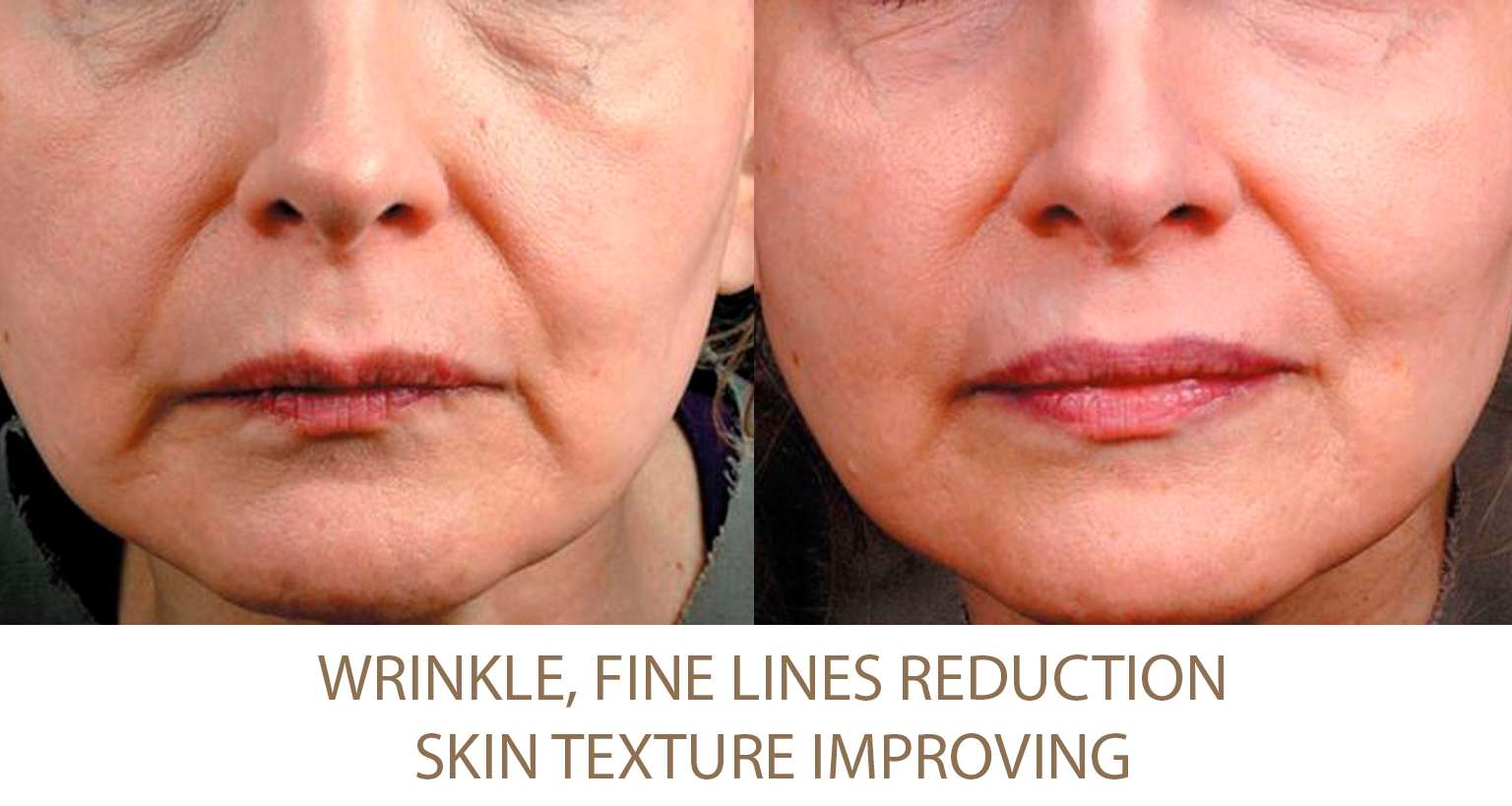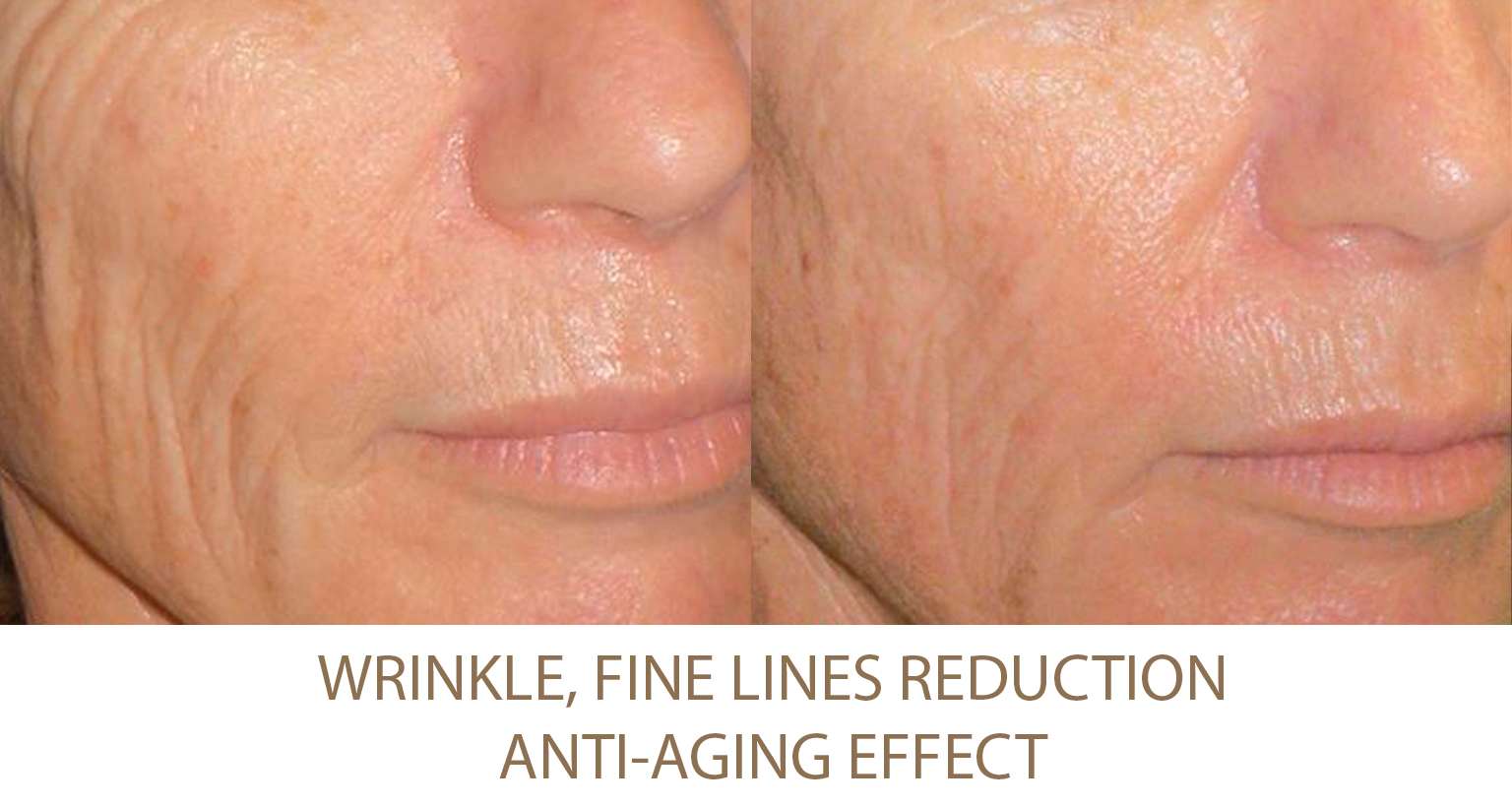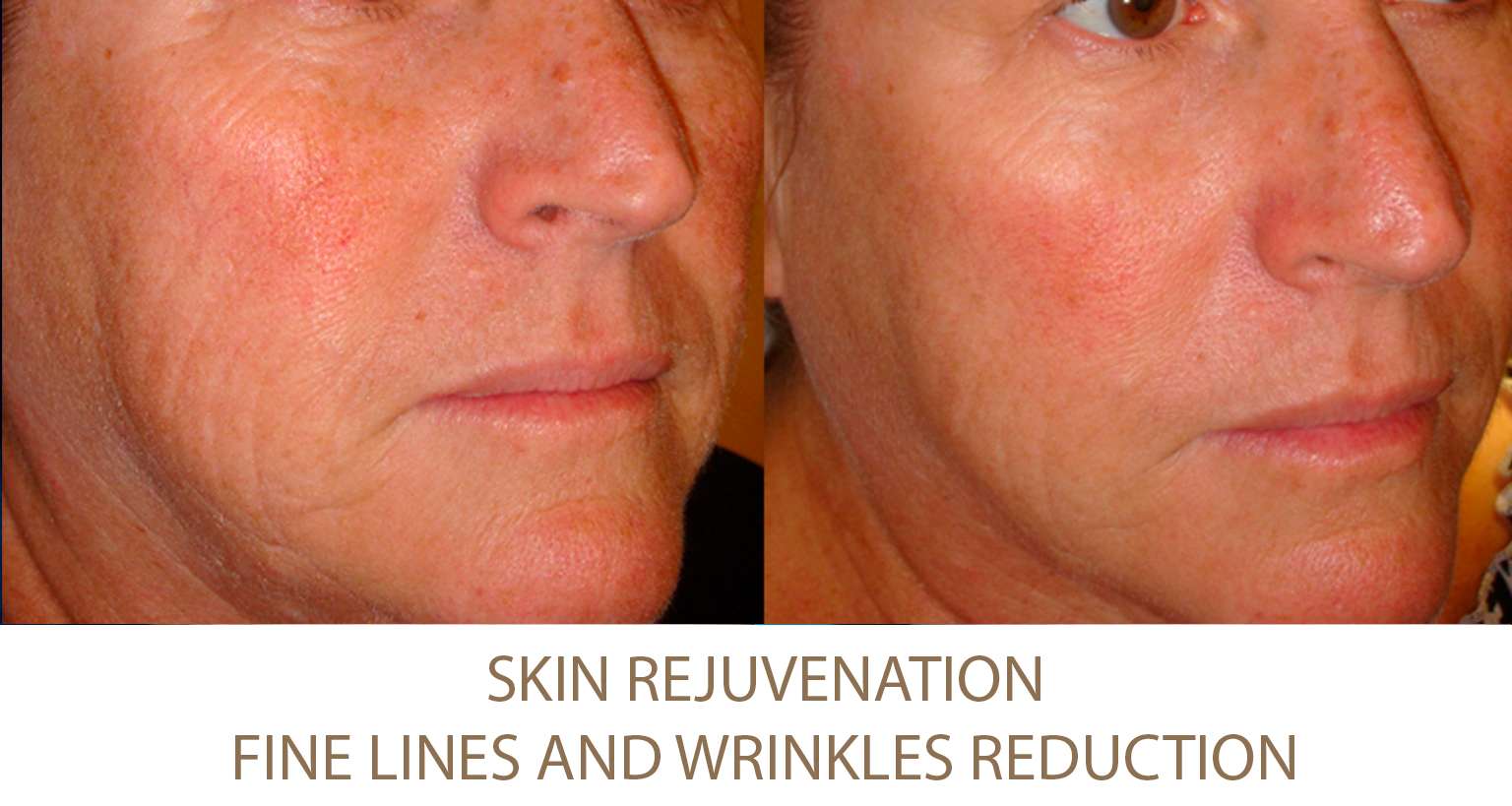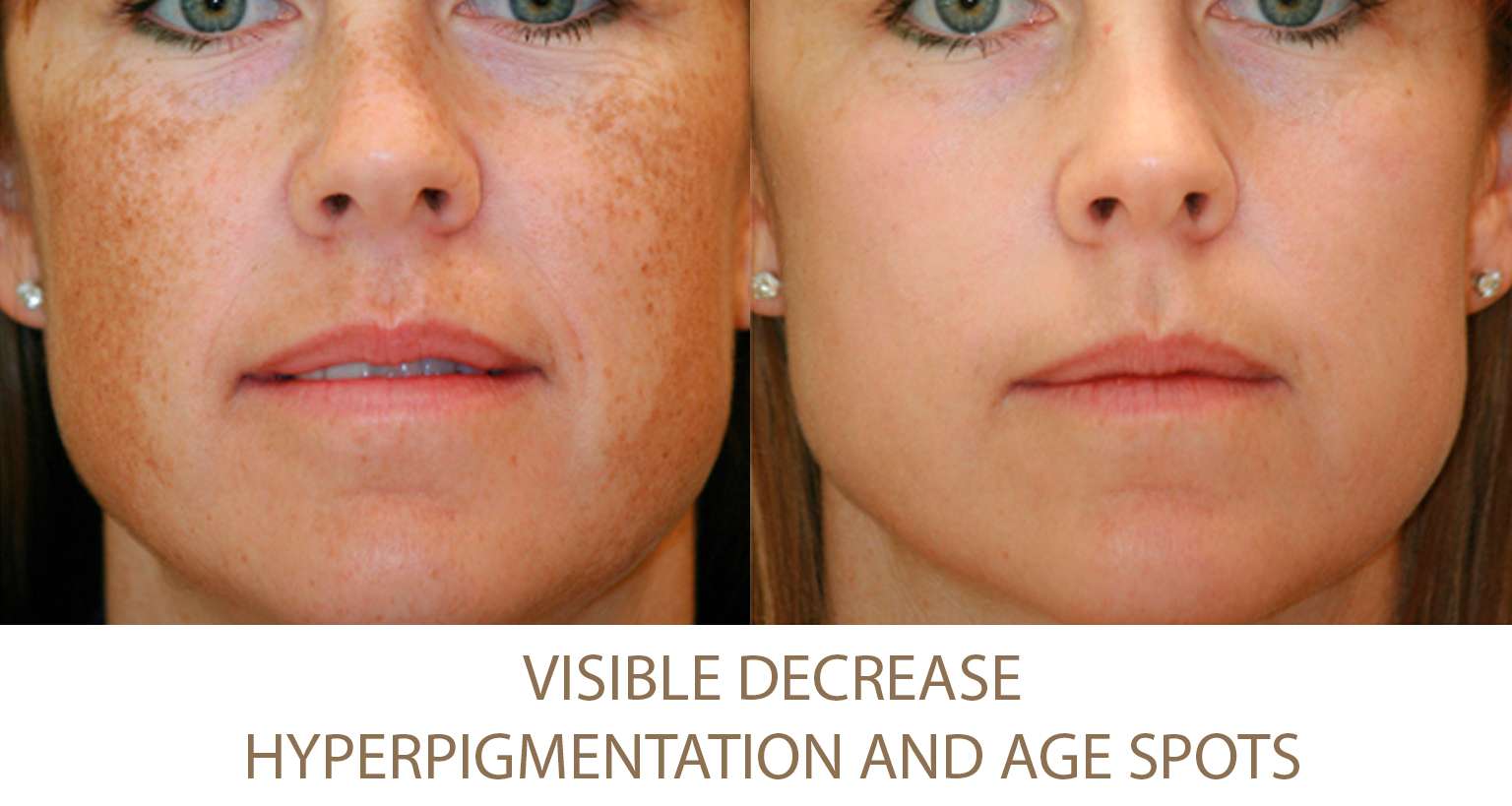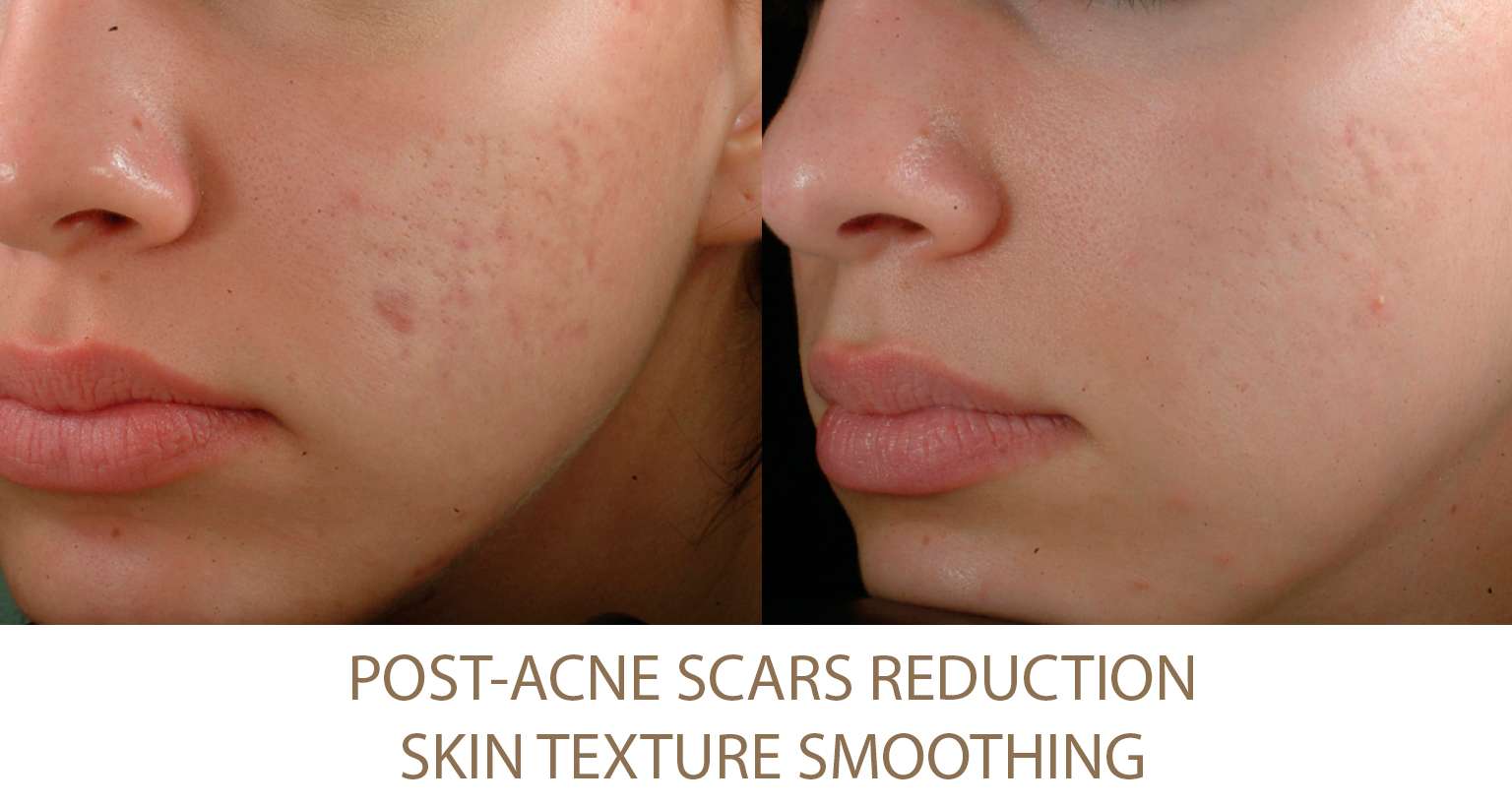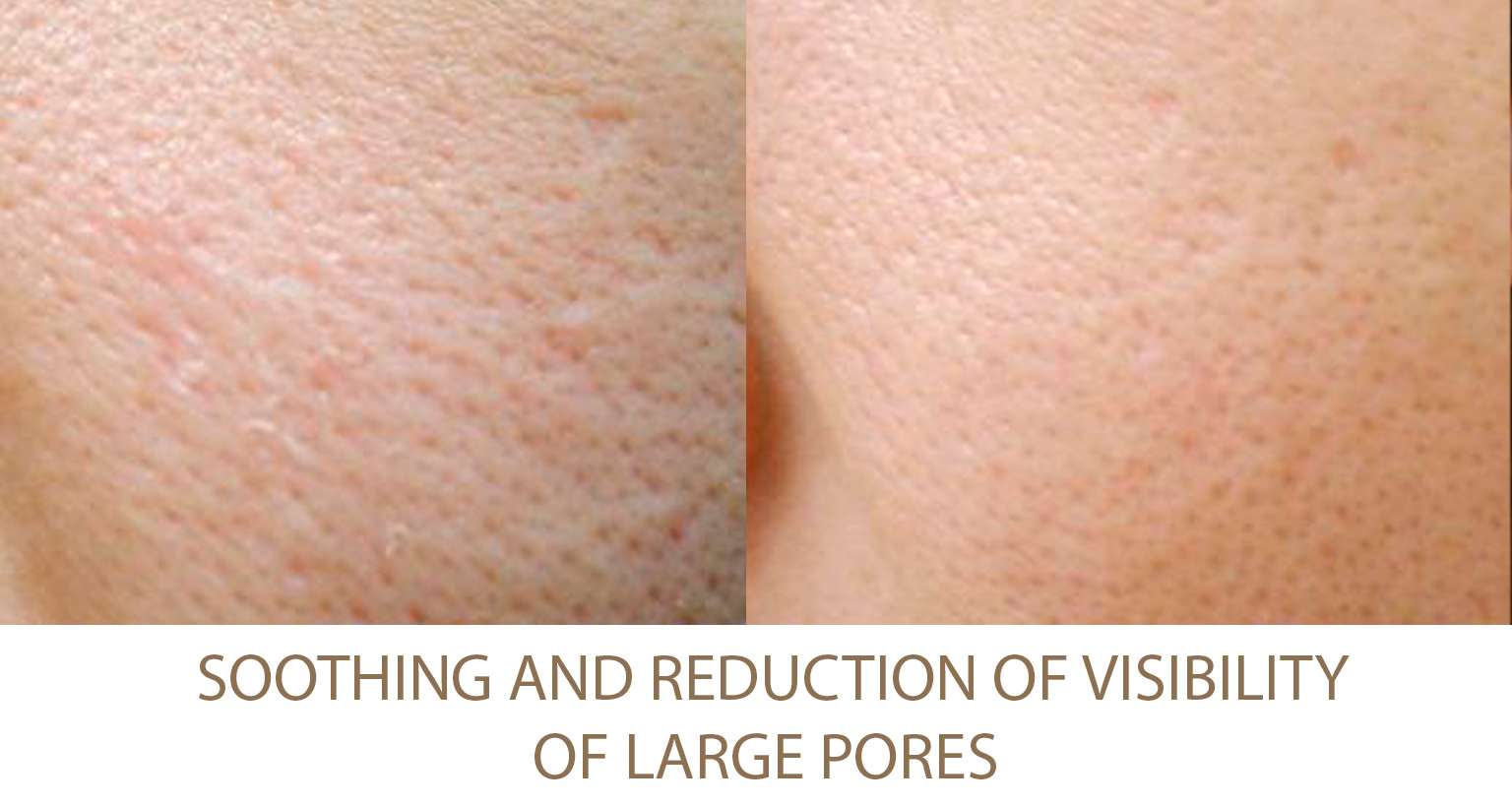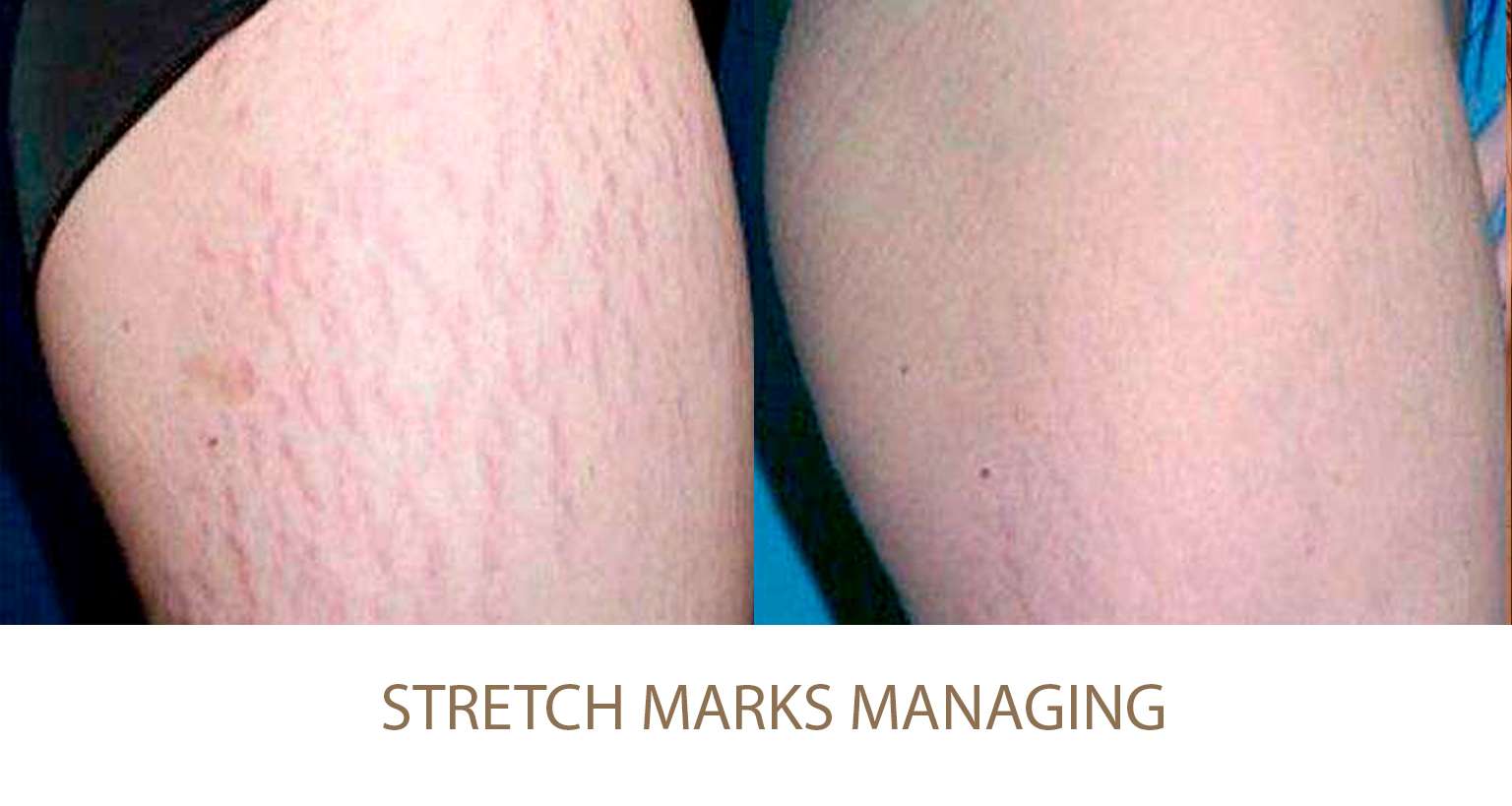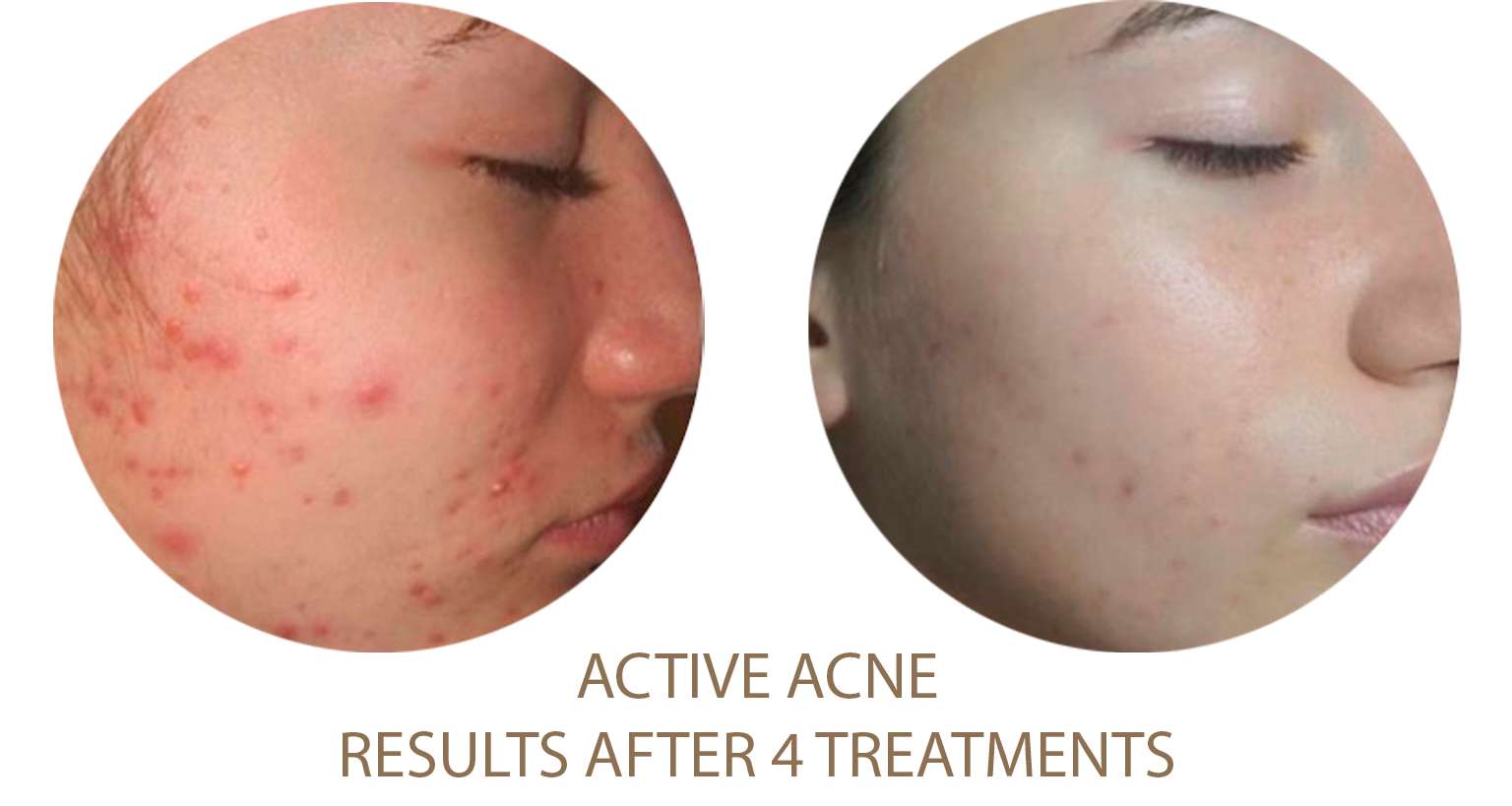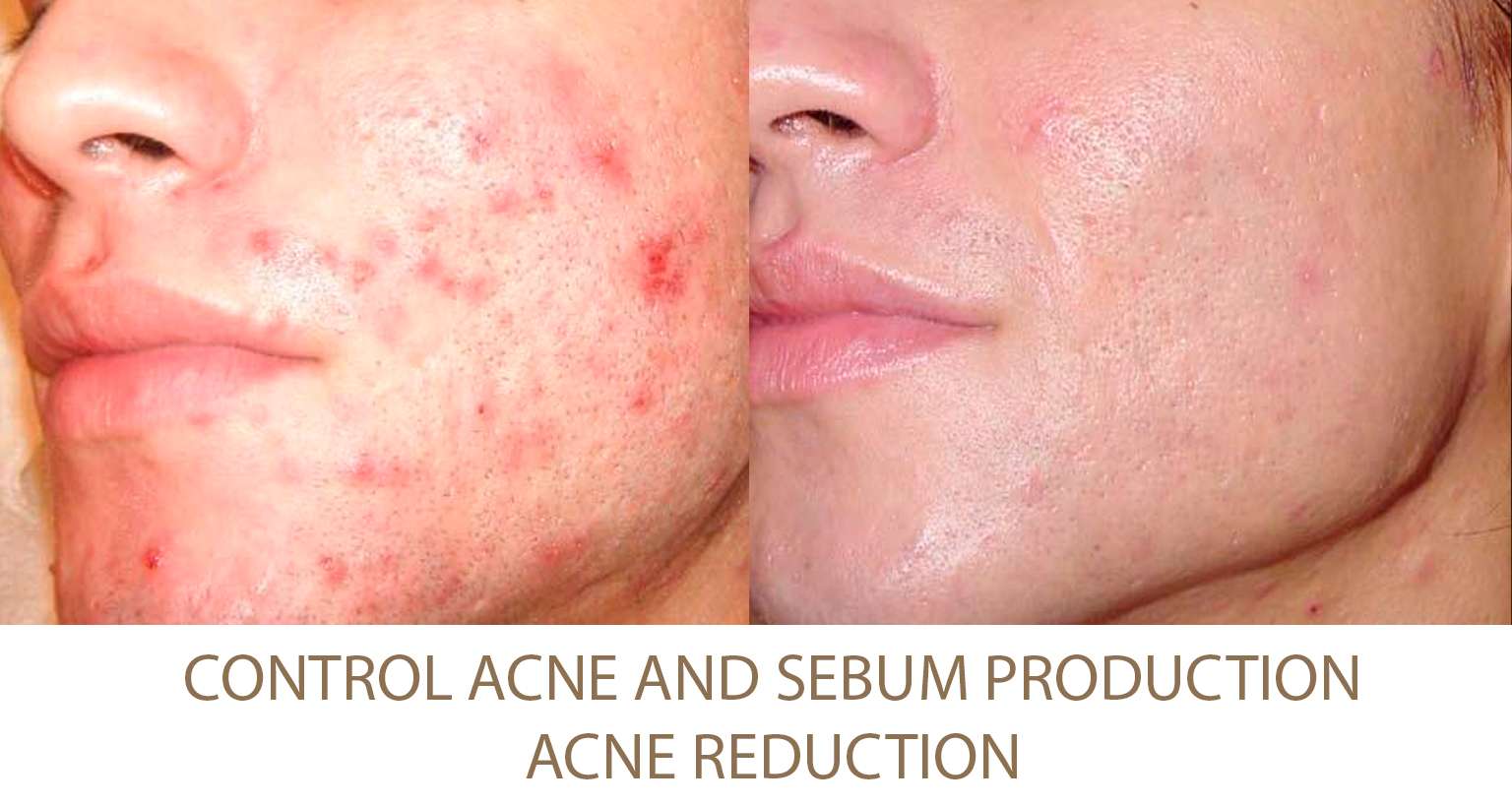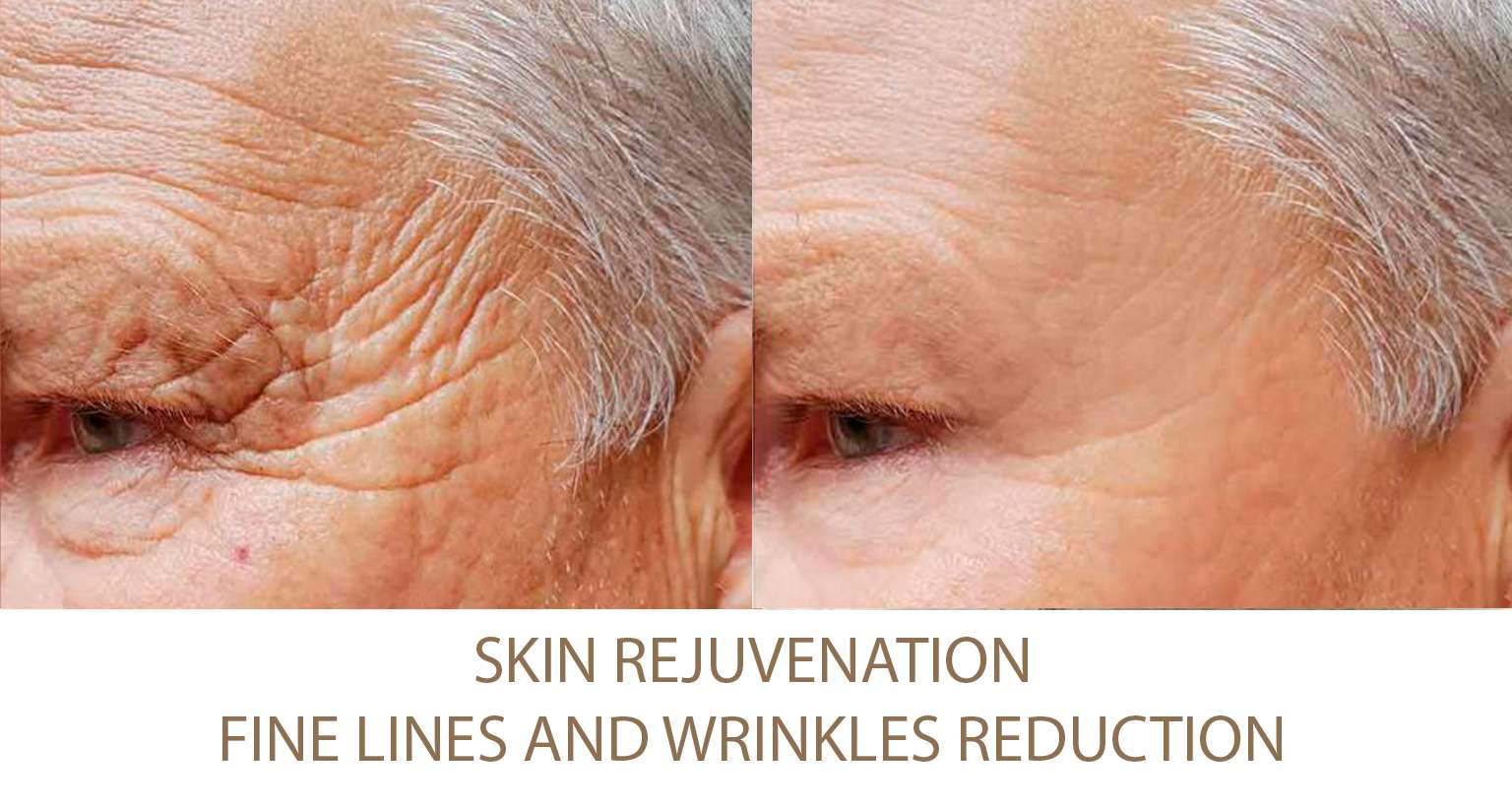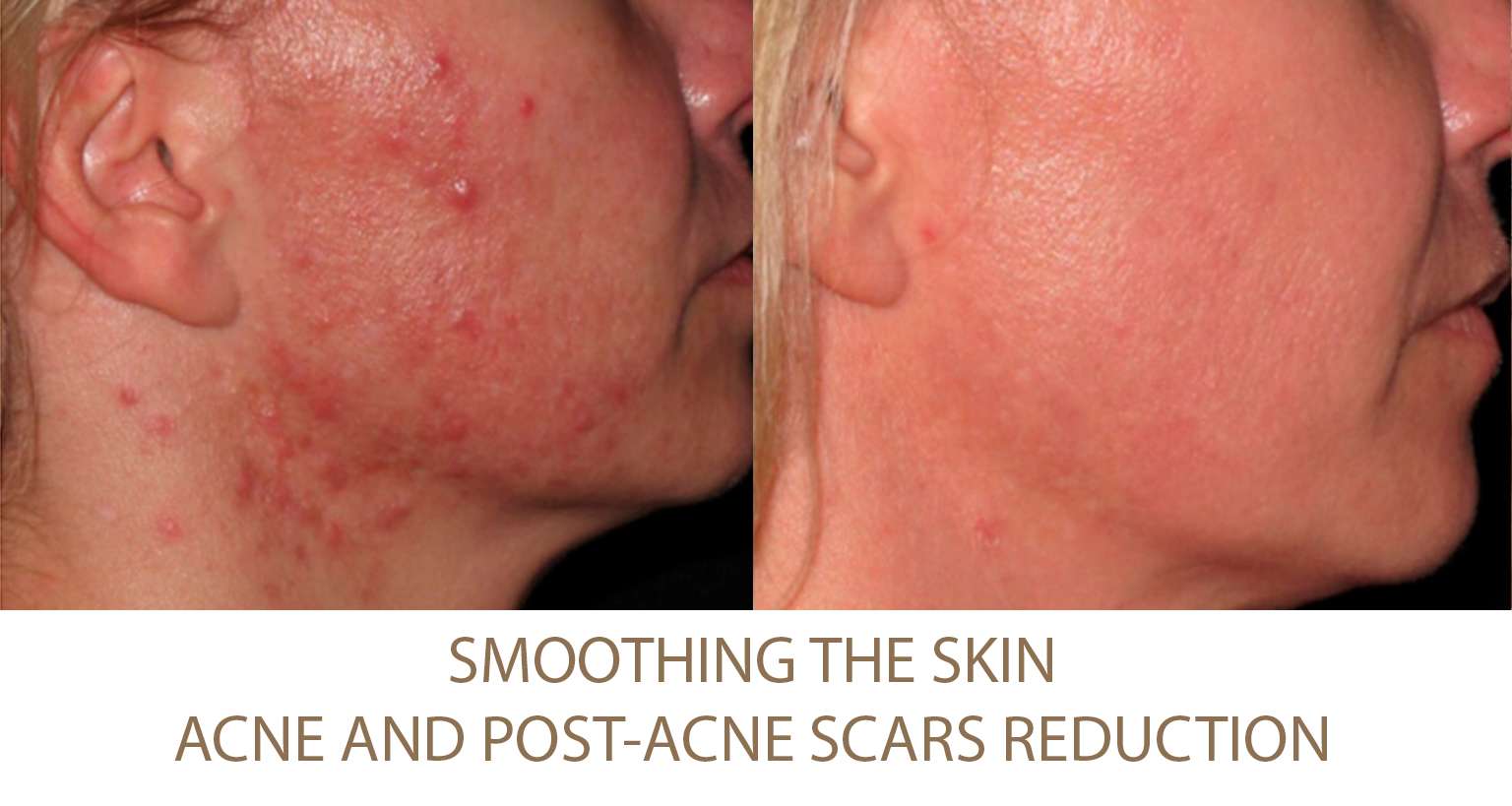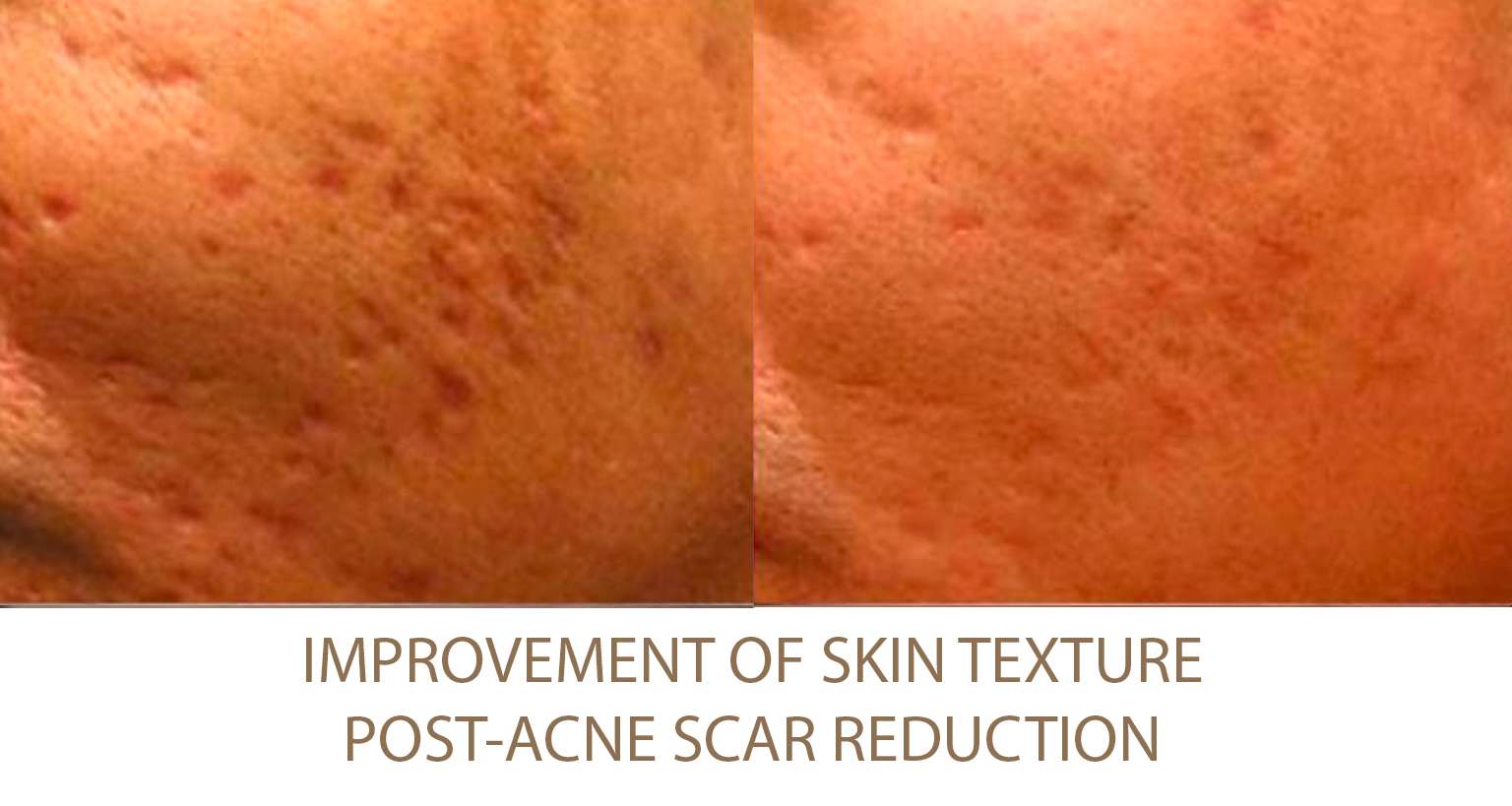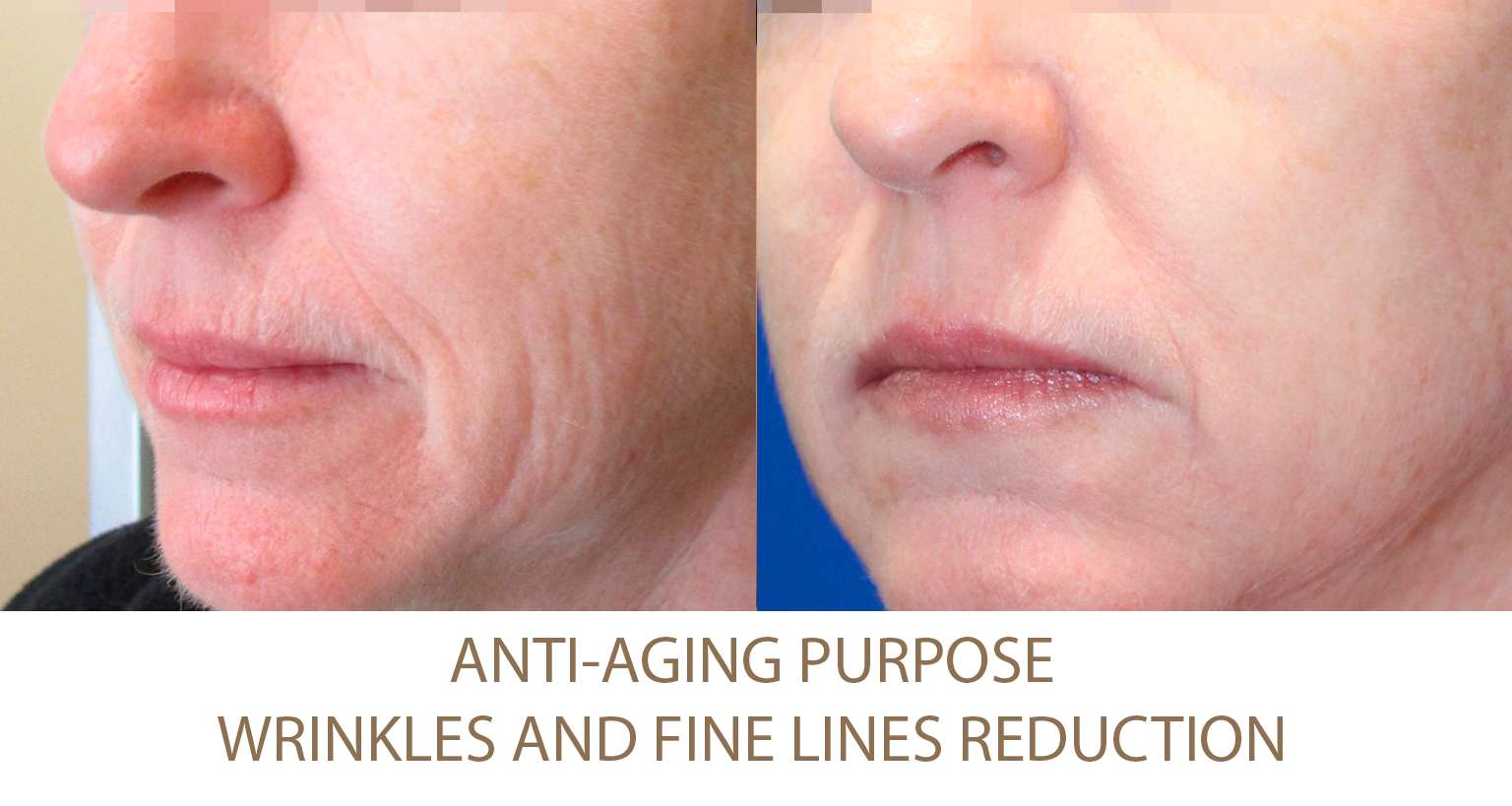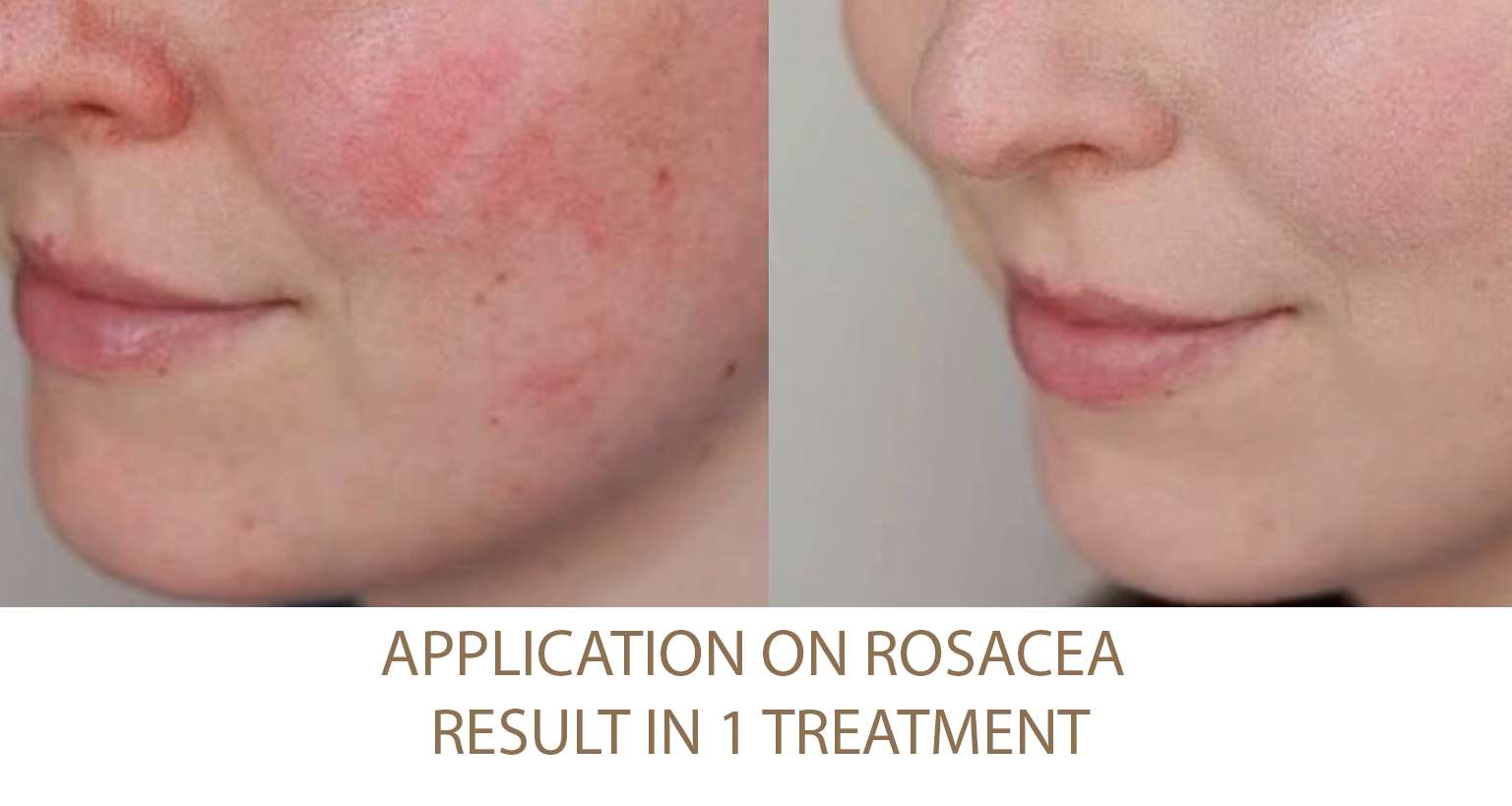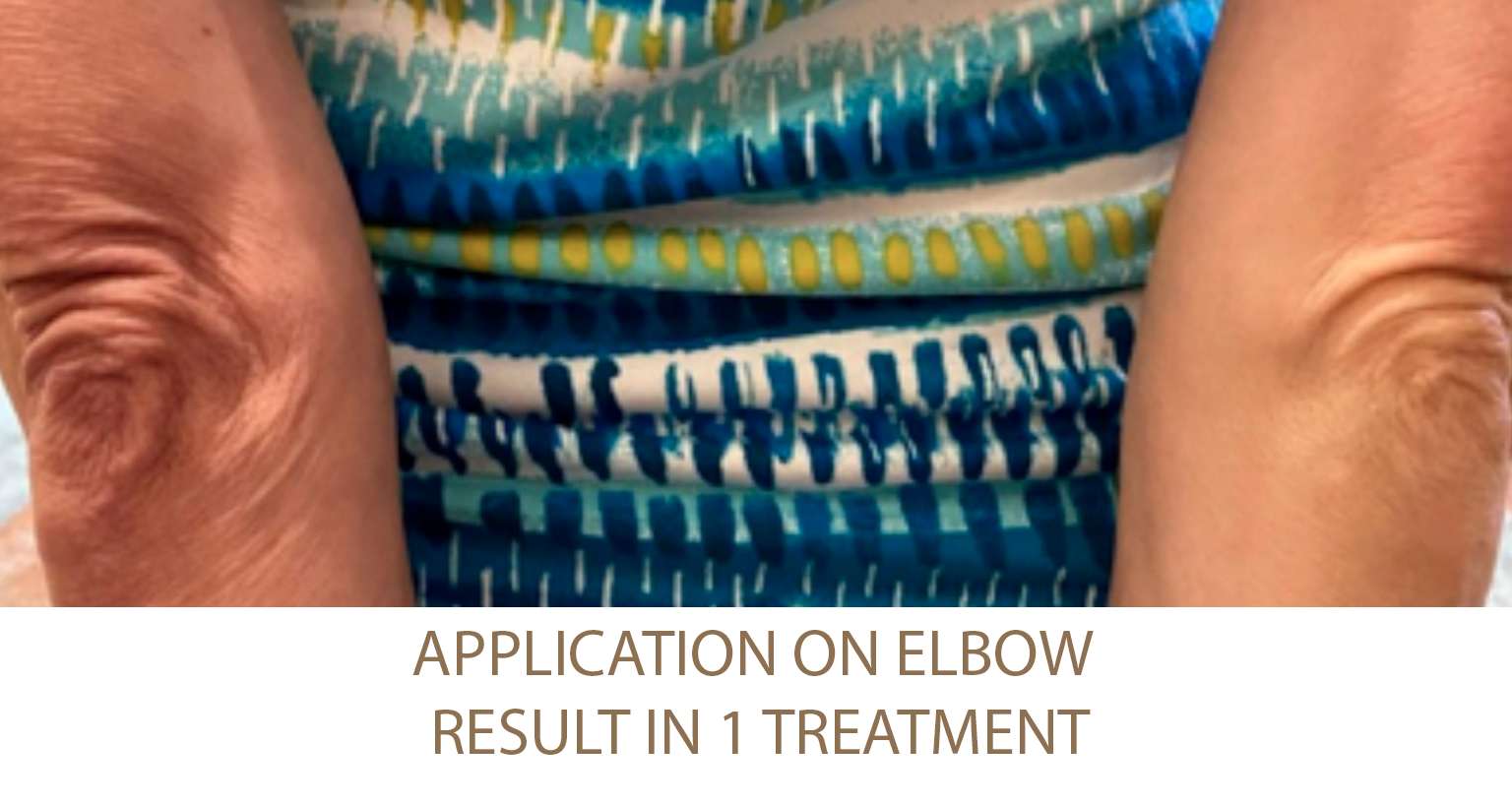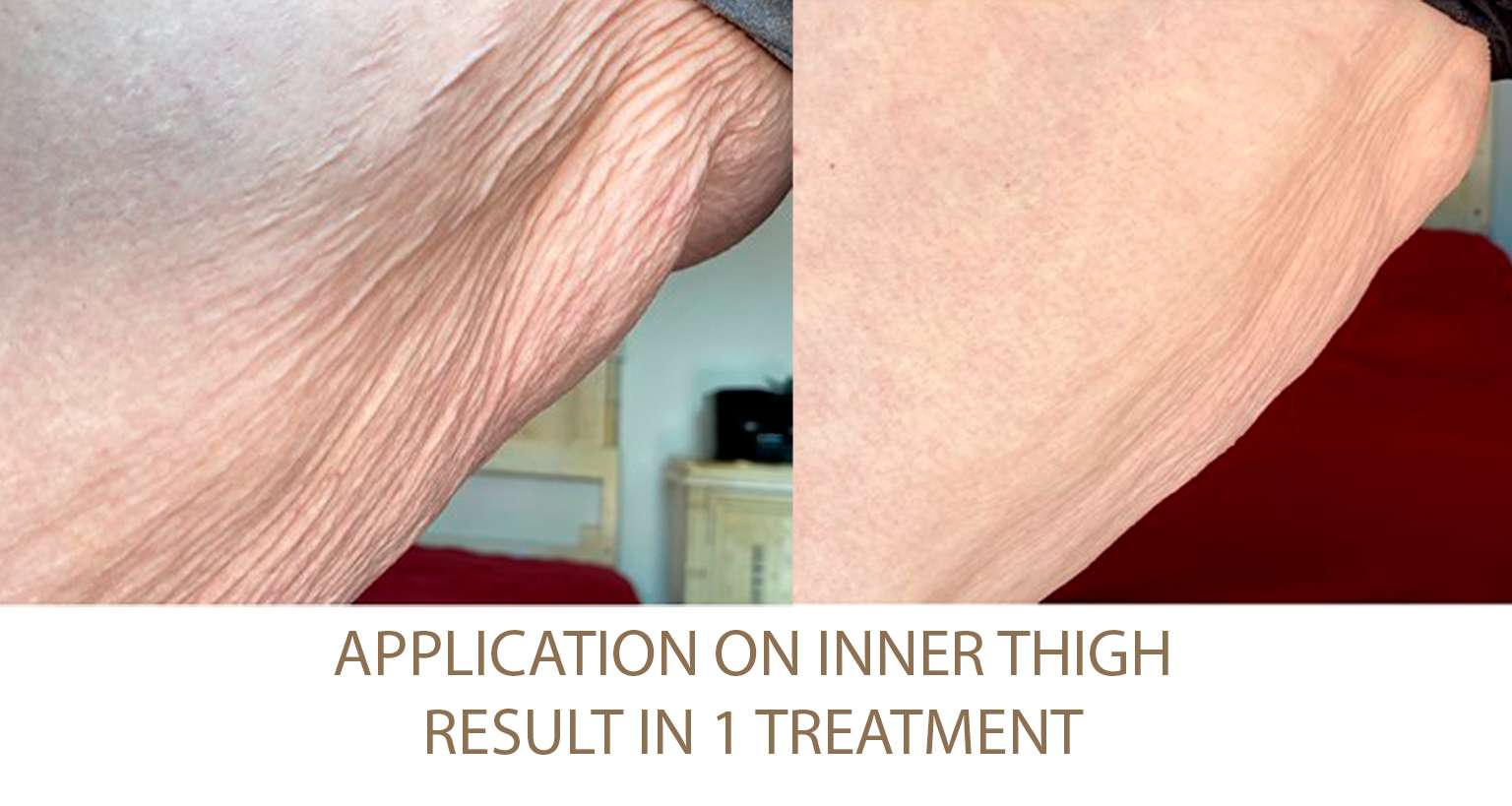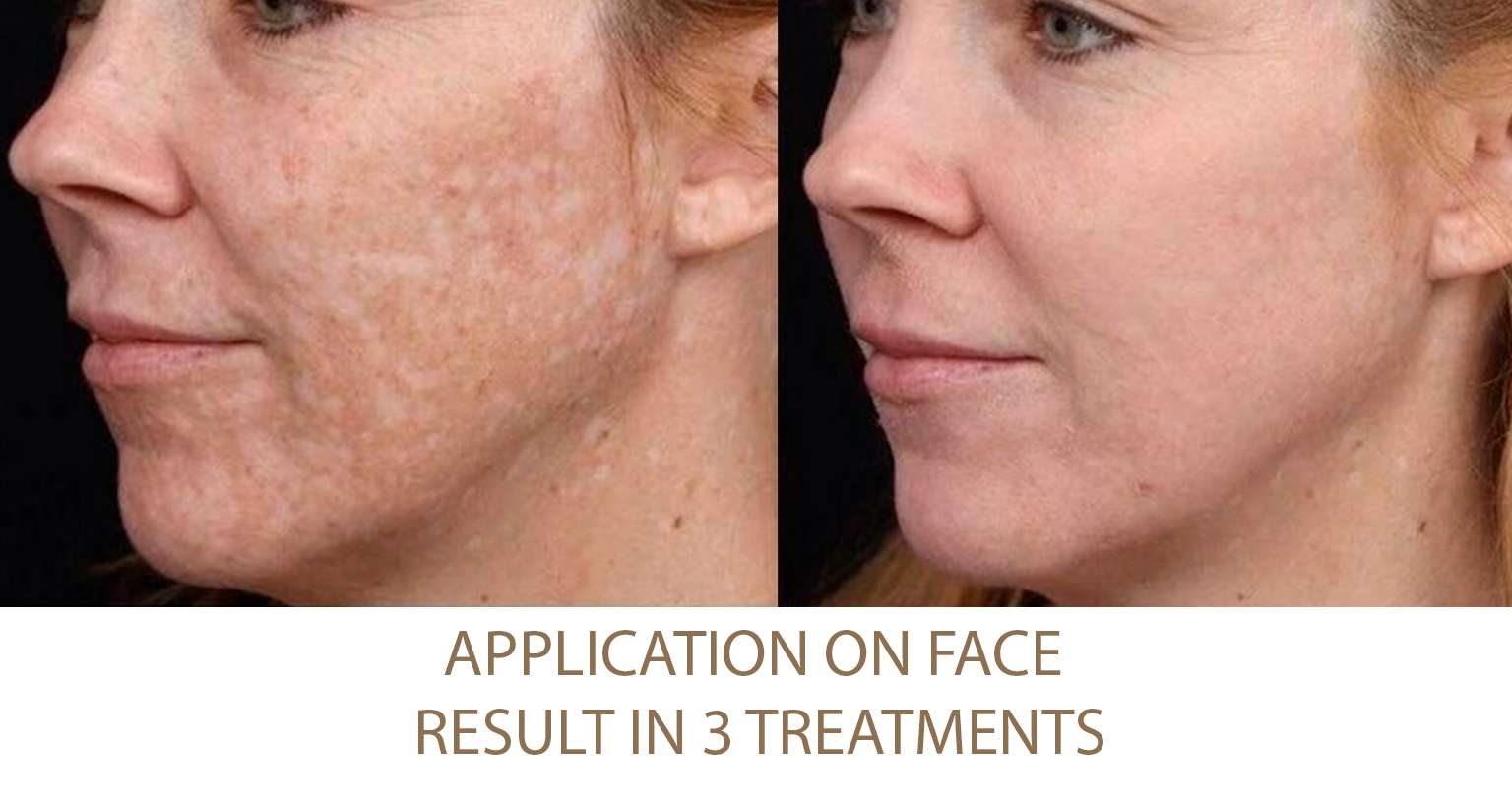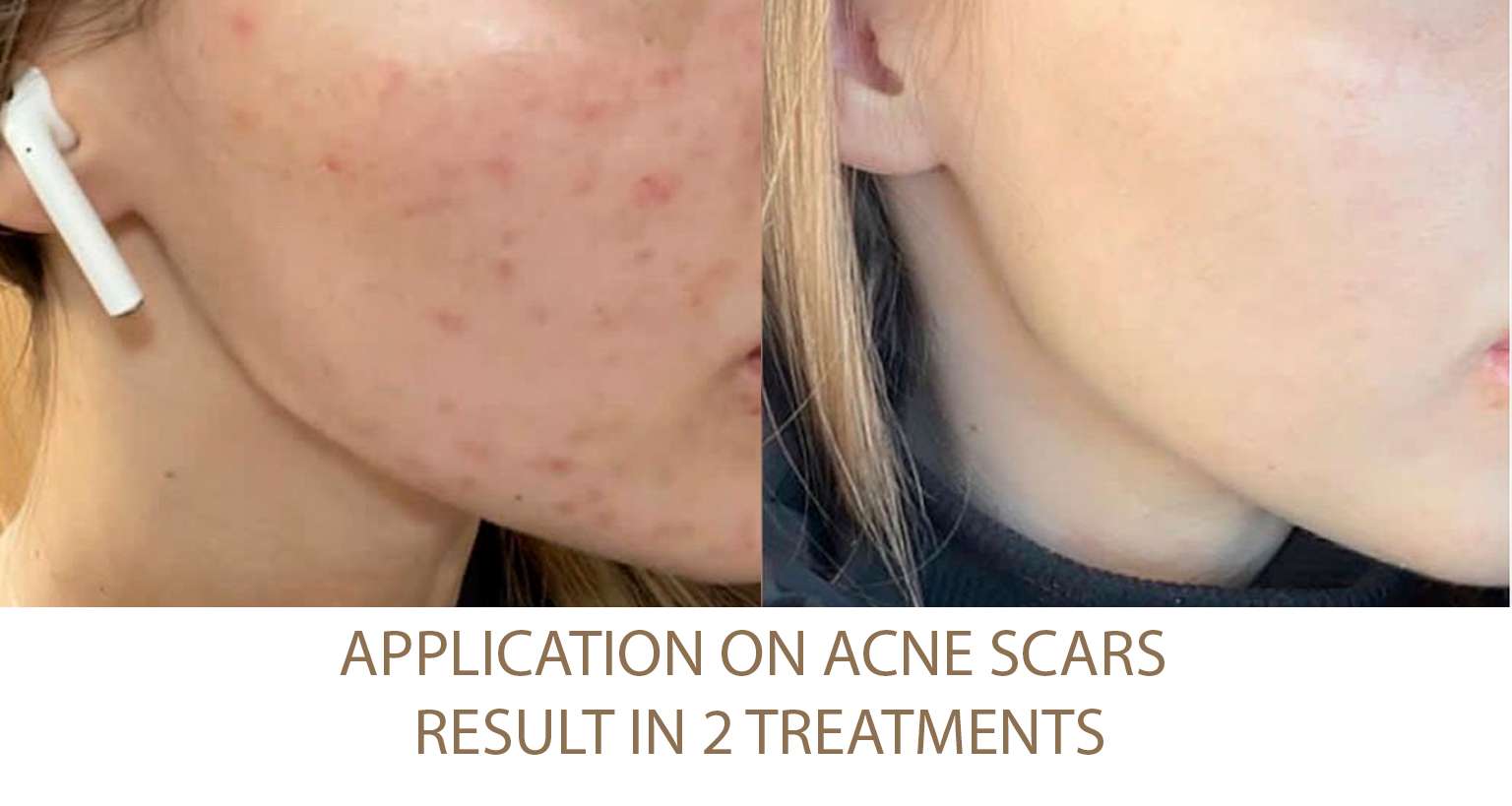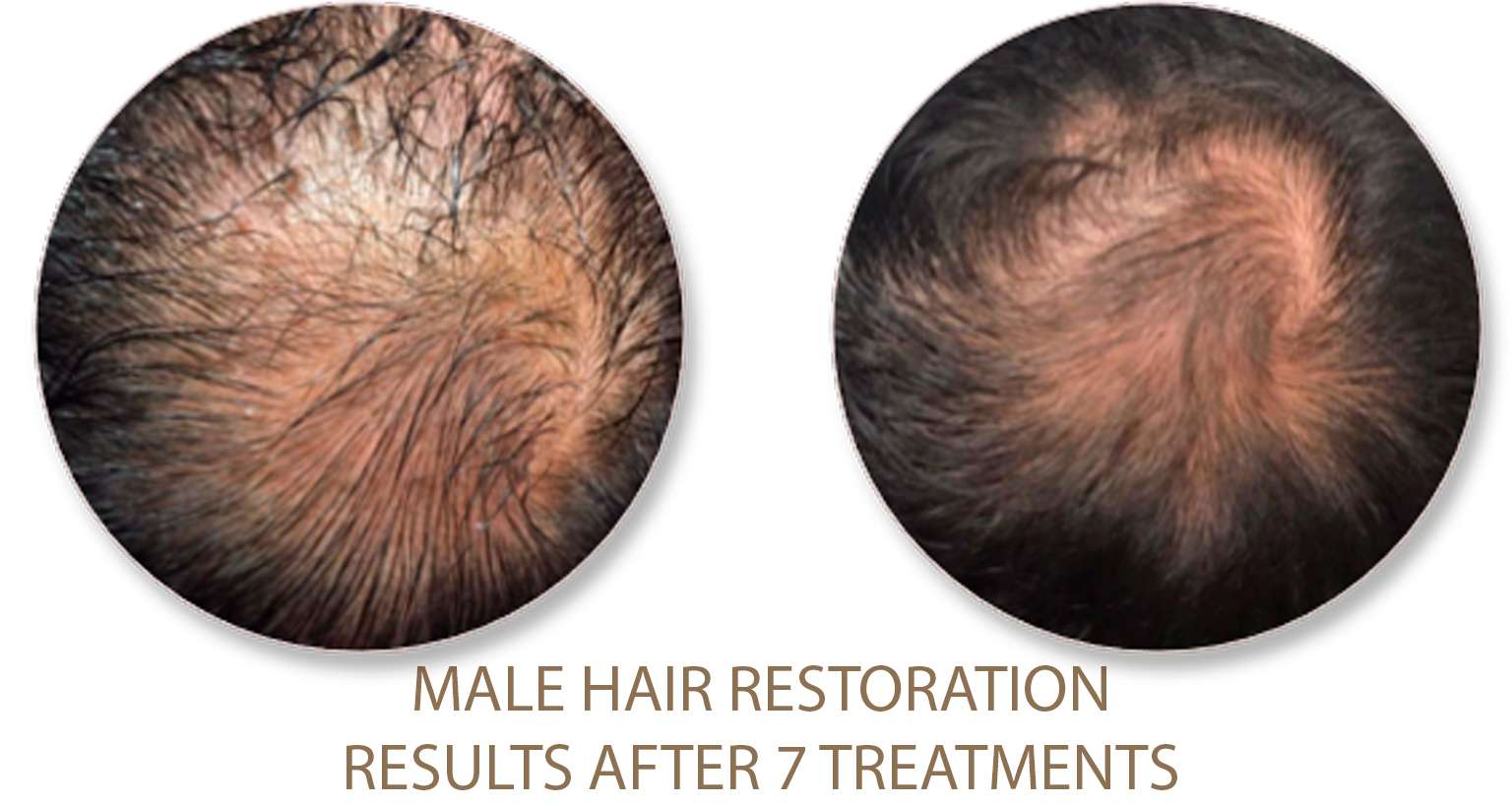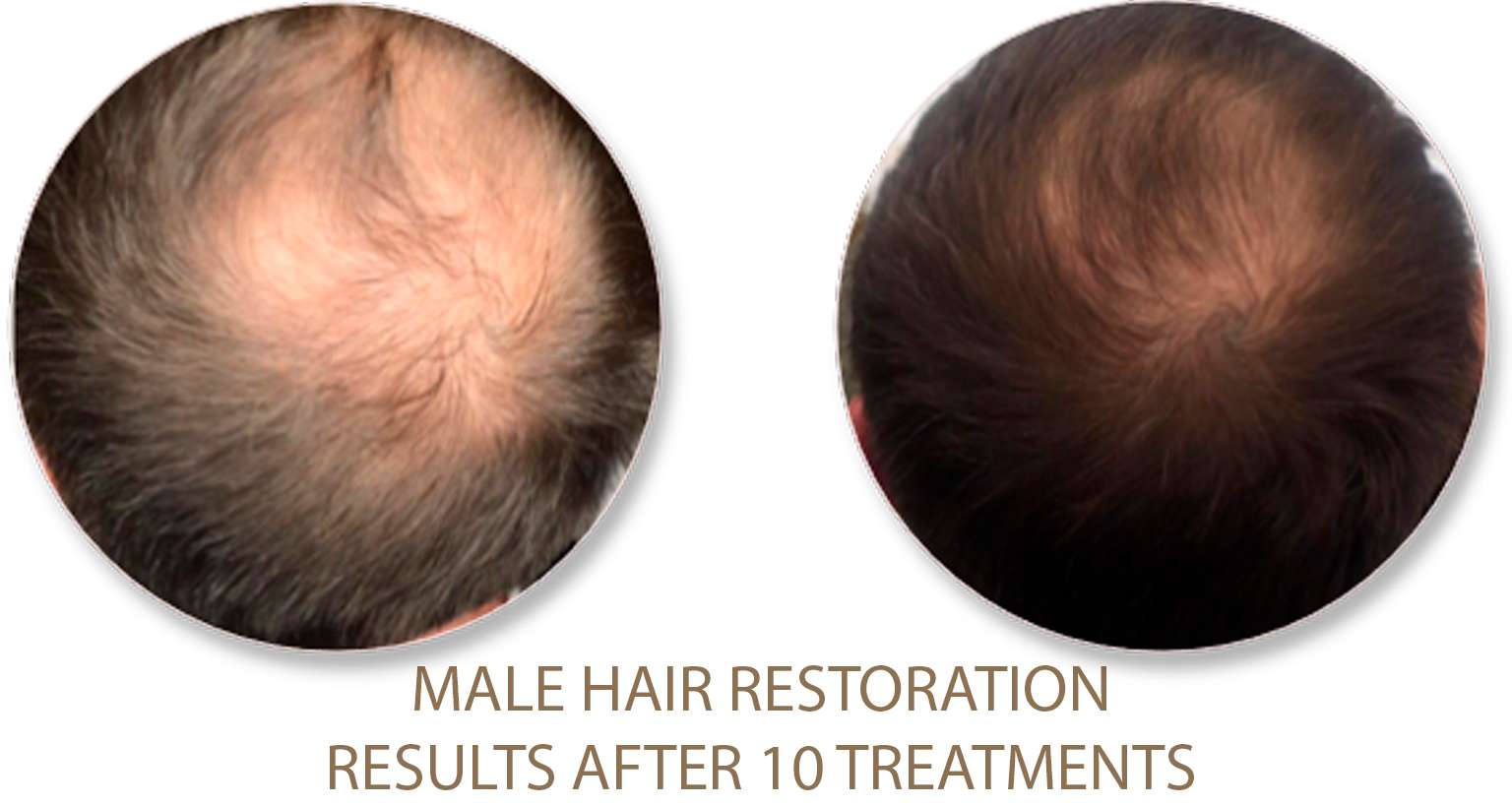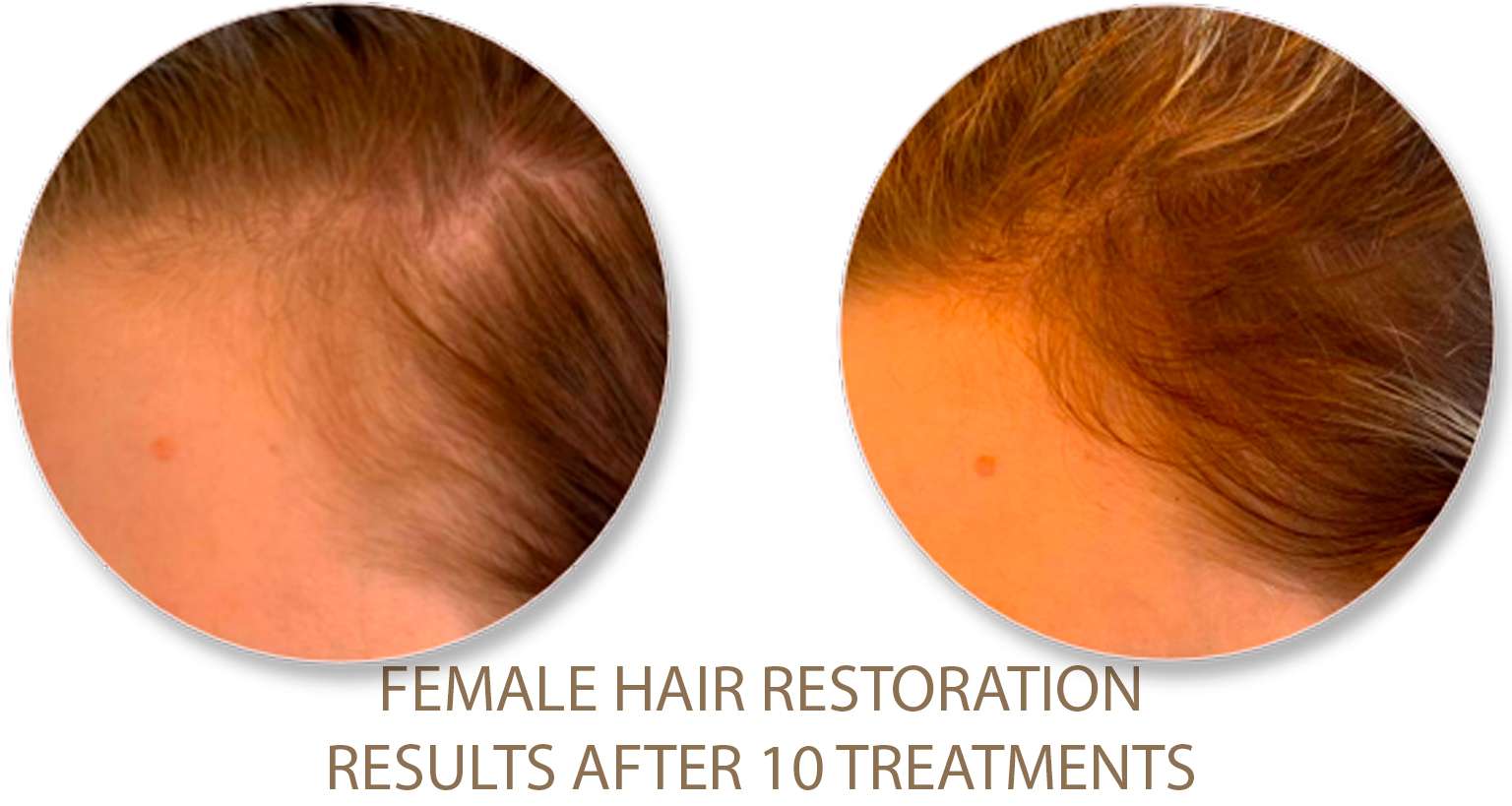How does radiofrequence therapy work for skin tightening?
RF skin tightening works by targeting the tissue in the deep layer of the skin, or epidermis, with radio frequency energy. This energy generates heat to between 122 and 167°F (50–75°C). Studies have found that maintaining a temperature over 115°F (46°C) for over 3 minutes causes the body to release heat-shock proteins that stimulate the creation of new collagen fibers.
This procedure also triggers fibroplasia, the process in which the body forms new fibrous tissue and stimulates the production of collagen, causing collagen fibers to become shorter and more tense. At the same time, the molecules that make up collagen are left undamaged. Skin elasticity increases and loose, sagging skin is tightened.
What is happening during the treatment?
Preparation: Before the procedure begins, the treatment area is cleaned, and any makeup, lotions, or oils are removed.
Application of RF Device: The provider will use a handheld RF device that emits radiofrequency energy. RF also can be used with other methods, for example with microneedling.
Heating of Dermis: The RF energy penetrates into the deeper layers of the skin, such as the dermis, where collagen fibers are located. The energy causes a controlled thermal injury to the collagen fibers, leading to immediate collagen contraction.
Collagen Remodeling: The controlled heating of collagen fibers triggers the body’s natural wound healing response. Over time, this results in increased collagen production and remodeling of the existing collagen strands. The newly formed collagen fibers help to improve skin elasticity and tightness.
- Treatment Areas: RF skin tightening can be performed on various areas of the body, including the face, neck, arms, abdomen, thighs, and buttocks.
Number of Sessions: The number of RF sessions required varies depending on the individual’s skin condition and the specific RF device used. Multiple sessions are typically recommended for optimal and long-lasting results.
Aftercare: After the procedure, there may be mild redness in the treated areas, but these effects generally subside within a few hours.
Results: Over the following weeks and months, patients typically notice gradual improvements in skin texture, tightness, and tone as the newly formed collagen takes effect.

Advantages:
Radiofrequency (RF) skin tightening offers several advantages as a non-surgical cosmetic procedure. Here are some of the key benefits:
- Non-Surgical and Non-Invasive:
- Safe for Most Skin Types
- Stimulates Collagen Production:
- Quick Treatment Sessions
- No discomfort
- Gradual and Natural-Looking Results:
- Complementary to Other Treatments:
- Predictable and Consistent Results:
What are radiofrequency waves?
RF waves are a form of radiation. Radiation is the release of energy in the form of electromagnetic waves.
It can be classified as low energy or high energy depending on the amount of energy released. X-rays and gamma rays are examples of high energy radiation while RF waves are considered low energy.
Radio waves, WiFi, and microwaves are all forms of RF waves.
The form of radiation used in RF skin tightening releases about 1 billion times less energy than X-rays.
Frequently Asking Questions:
- The primary benefits of RF therapy are tightening your skin and getting rid of wrinkles.
- Fighting sun damage. Exposure to ultraviolet (UV) rays can cause the collagen fibers in your skin to break down and become disorganized. A 2011 study found that 3 months of RF treatment led to clinically significant improvements in a small group of people with mild to moderate signs of sun damage.
- Body contouring
RF therapy may help tighten loose skin on your body by stimulating the production of collagen. A 2017 study found that 24 of the 25 people who underwent 5 to 8 sessions of RF therapy sessions saw an improvement in their body shape. Twenty-three people were happy with their results.
- Wrinkles and fine lines
A 2018 study looked at the effect of RF therapy on wrinkles around the eyes of 70 middle-aged women.
The researchers found that three treatments over 6 weeks significantly reduced their wrinkles.
- RF for face slimming
RF treatment has the potential to be used as a nonsurgical method of slimming your face.
A 2017 study looked at the effect of using RF therapy to break down fat in the lower face of 14 middle-aged Asian women.
After 5 weeks, more than 90 percent of the women had a reduction in fat, and 60 percent were satisfied or very satisfied with their results.
Some common contraindications for RF skin tightening and similar skin treatments include:
Pregnancy: Pregnant women should not undergo RF skin tightening as a precautionary measure.
Breastfeeding: Women who are breastfeeding should avoid RF skin tightening to ensure the safety of the baby.
Skin Infections or Open Wounds: Active skin infections, such as herpes outbreaks or bacterial infections, in the treatment area may increase the risk of spreading the infection or interfering with the healing process.
Sunburn or Recent Sun Exposure: Having a recent sunburn or significant sun exposure can make the skin more sensitive and prone to complications during the treatment.
History of Skin Disorders: Individuals with a history of keloids, abnormal scarring, or skin conditions like eczema or psoriasis in the treatment area may not be suitable candidates.
Recent Cosmetic Procedures: It’s generally recommended to avoid RF skin tightening if you have recently undergone other cosmetic procedures in the same area, as this can interfere with the healing process.
Use of Certain Medications: Some medications can increase skin sensitivity or interfere with the healing process. It’s essential to disclose all current medications and supplements to your provider before undergoing RF skin tightening.
Implanted Devices or Metal Implants: Certain implanted devices or metal implants in the treatment area may be a contraindication due to potential interference with the RF energy or safety concerns.
History of Cancer or Radiation Therapy: Individuals with a history of skin cancer or who have undergone recent radiation therapy may not be suitable candidates for RF skin tightening.
Autoimmune Disorders: Patients with certain autoimmune disorders may not be suitable candidates for RF skin tightening due to potential healing complications.
Blood Disorders or Bleeding Disorders: Conditions that affect blood clotting or increase the risk of bleeding may be contraindications.
Immunosuppression: Individuals with weakened immune systems may be at higher risk of infection or complications after the treatment.
Testimonials
What Our Clients Say:












